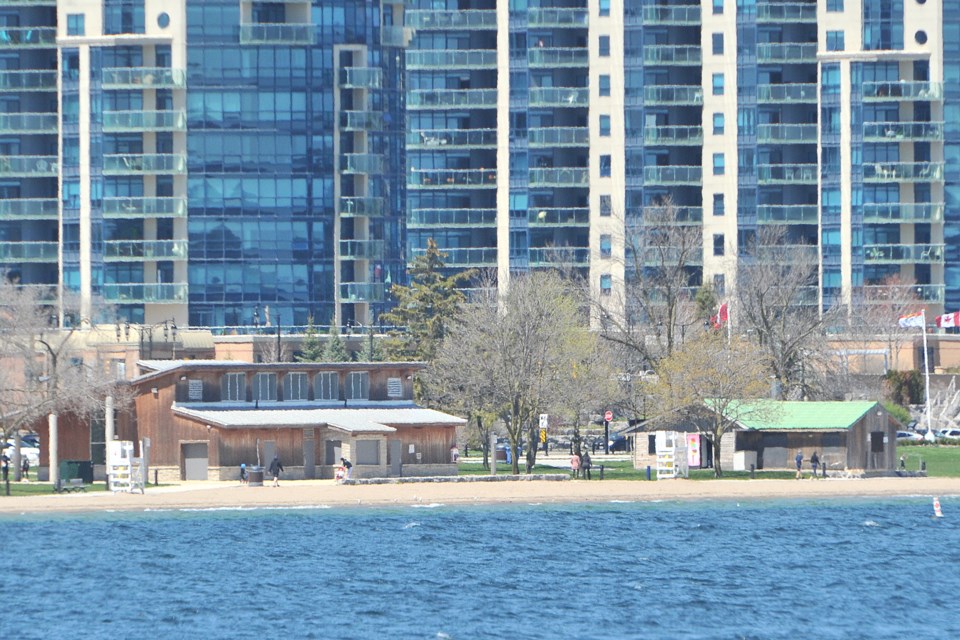There is a little bit of Letitia Heights down at Barrie’s waterfront.
Local historian Brad Rudachyk says Centennial Beach (or park, depending what source you reference) was not always the gathering place it is today.
Unless you were a student in a school of fish.
The beach area — and waterfront — is a busier place now that COVID-19 restrictions are easing off. Social distancing is the new norm, however.
But the park/beach, created to celebrate Canada’s centennial in 1967, is one of the aspects that defines what Barrie is: a waterfront community.
Rudachyk, along with Su Murdoch and the late Kurt Schick, produced the seminal tome about the city by the bay, Beautiful Barrie: The City and Its People.
Centennial Beach was long in the making, but not by Mother Nature, he says.
“There had been thoughts of doing something along the waterfront since 1906, but nothing happened,” he tells BarrieToday from his north-end home.
By that time, railroads had pretty much replaced water-based transportation, which had defined the village of Barrie’s place on the map for decades.
“When the ‘Barrie switch’ — the rail connection from the village of Allandale to its neighbour, Barrie — opened in 1865, it ran along the beach, or the shoreline of the lake. There was the ballast for the railway right next to the water,” Rudachyk says.
“During the Second World War, they began to think about the process of developing the beach front," he adds. "What began to make the difference was the opening of the sewage plant.”
Rudachyk says, up to that point in the early 1940s, basically all of Barrie’s sewage was going into the bay.
Yuck!
“Once the city got the water treatment plant, which was very advanced and highly received in the day, (local service club) volunteers thought they could clean up areas at the head of the bay,” he says. “They got the city to be involved and there was a move on (to make changes). But, of course, there was a war going on.”
Canadian Forces Base Borden personnel were looking for a place to enjoy some downtime and Barrie’s waterfront seemed like an accessible and good fit.
“Between 1943 and 1945, they did quite well with it,” Rudachyk says. “It wasn’t long before there was a 1,000 feet of beach and they were looking at between 200 and 500 visitors a day.”
There was still that problem of accessibility — the tracks — but that didn’t stop politicians and community leaders of the day creating what is now a wonderful part of Barrie’s legacy.
“The tracks stayed in place,” he says. “From my understanding, there were dump trucks and dump trucks of fill, much of it from Letitia Heights, to fill in that area. Parts of that development are in Centennial Beach.
“They filled that in and that was the genesis for Centennial Beach and park.”
When Canadian National Railway pulled the plug on its line through Barrie and on to Orillia in the mid-1990s, an opportunity presented itself that would transform Barrie’s waterfront.
“It took the city getting the railway lands to basically turn the head of the bay into a premier parkland that is the envy of many communities across the country,” Rudachyk says. “It transformed the waterfront as a destination.
"But it didn’t really take off until the rail lands were taken up and eventually there were park lands on both sides of Lakeshore Drive and beyond.”



